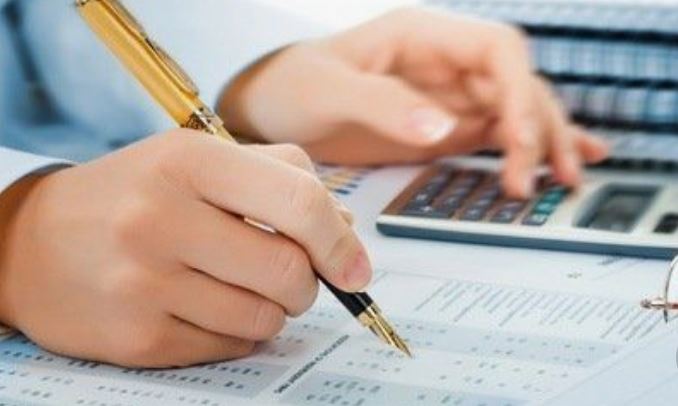RESTAURANT ACCOUNTING. The management of a restaurant provides control over many variables. The budget of a restaurant is a tool to always have in hand, to know the margins of the restaurant industry, the turnover balance of the restaurant and an overview of the restaurant warehouse.
Running a restaurant is like being an entrepreneur. You have to be responsible for everything from cooking to cleaning and even ordering supplies for employees every day, which means there is no room for mistakes!
RESTAURANT ACCOUNTING.
If you have a restaurant, it’s always good to be prepared. You never know what can happen!
The budget of restaurants changes from one place to another, and customer demand can also change quickly; so keep that card handy for those special occasions or emergencies where your cash flow needs an extra boost not only to survive but also to thrive.
1 ° – The first task of the restaurant accounting concerns the corresponding register. This accounting book must contain the record of receipts and invoices issued during the day.
The register of fees must be completed per month. Each line must report the total receipts of the restaurant, subdividing them between receipts, tax receipts and invoices. The last column must then report the sum of the transactions and must coincide with the cash closing.

The register of fees can give you many ideas on how to run a restaurant. Thanks to the total fees and the number of receipts issued, on the closing receipt, you can know what is the average value of the restaurant command.
Each receipt must have an identification number to make sure that it is correctly entered and in the right sequence so that you can easily identify what was sold, when a sale occurred for each item listed on this form (eBay excluded), as well as how much profit was made from these sales, if there was!
RESTAURANT ACCOUNTING.
The receipt log can be your best friend in the kitchen. It’s full of tips on how to run an efficient restaurant with many tips and ideas on how to improve things, too!
A commercial enterprise is not just about making money – it also requires creativity so that everything runs smoothly from the operational point of view, which means keeping track of what happens every day by looking at all the aspects from beginning to end through those little pieces of paper that we call registers, who knows that between their lines there are also some tricks or shortcuts.
2nd – Calculation of food cost
Taking over a restaurant brings many obligations. Using a restaurant manager can help you keep up with your tax obligations without losing sight of the food cost.
The food cost indicator represents the cost of the ingredients of each dish on the menu. To calculate the food cost you will have to multiply the average of each ingredient for the grams used in a dish. At the end of the month it may be useful to calculate the food cost, understood as a percentage between the cost of the ingredients of a dish and the respective selling price to the public.

3rd – Software: the best ally for restaurant accounting
Equipped with a restaurant accounting software to manage your local that in addition to automatically fill in the corresponding register, will allow you to have an overview of the warehouse, the food cost of each dish and an overview on the management restaurant commands. In this way you will have a cash register and restaurant accounting software available with a single product.
Having a check on restaurant accounting is not just a task established by law. In times of crisis, it is necessary to keep constantly in mind the financial situation of the restaurant company, in order to immediately run for cover during of difficulties. This, of course, requires a systematic check on all the most classic indicators: from simple turnover to the most difficult analysis on the most requested raw materials.
Read also: Tax receipt and electronic receipt


